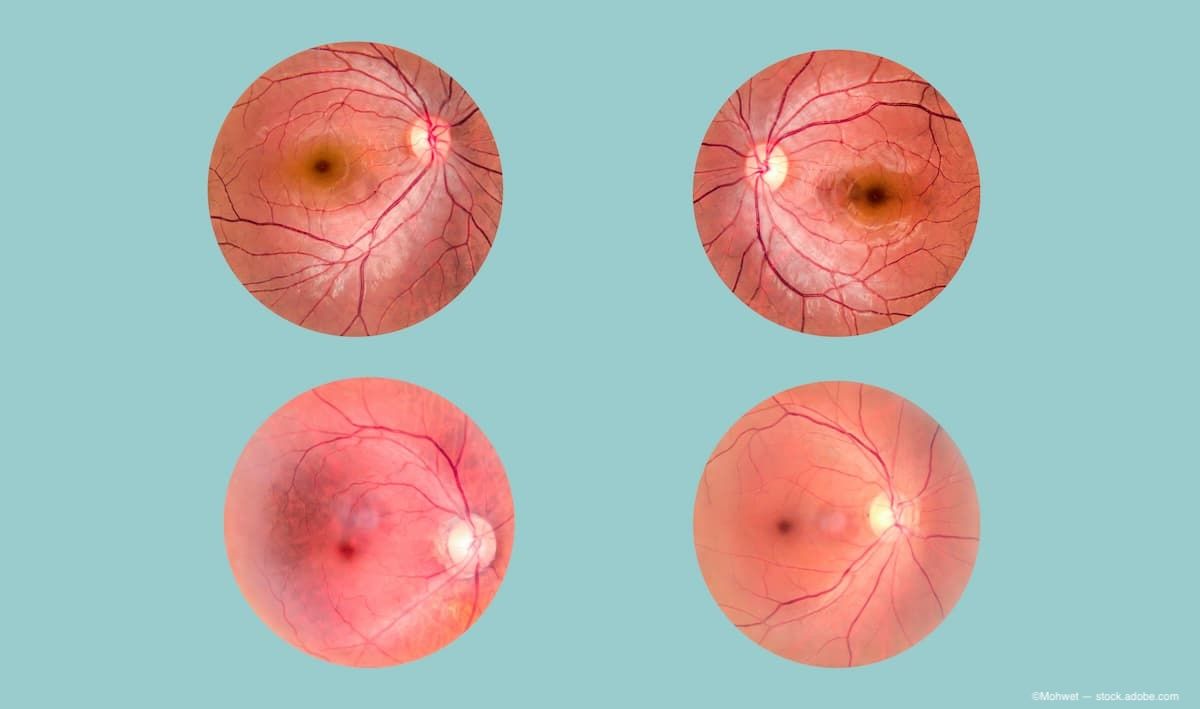Article
Faricimab provides sustained retinal stability in DME
Author(s):
Veeral Sheth, MD, presents research finding faricimab, a bispecific monoclonal antibody, provided sustained retinal stability in patients with diabetic macular edema (DME) compared with other retinal treatments.

In a study, outlined at the American Academy of Ophthalmology 2021 annual meeting in New Orleans, Veeral Sheth, MD, and colleagues reported that faricimab, a bispecific monoclonal antibody, provided sustained retinal stability in patients with diabetic macular edema (DME) compared with other retinal treatments.
In preclinical studies, blocking angiopoietin-2 (Ang-2) and vascular endothelial growth factor (VEGF-A) reduced the vascular leakage/neovascularization, inflammation, and fibrosis.
In a phase 2 post hoc analyses, the investigators assessed, in the intention-to-treat population, the sustained retinal stability, defined as occurrence and less than 10% worsening of the central subfield to 325 microns or less to week 24.
The inflammatory biomarker, intercellular adhesion molecule-1 (ICAM-1), levels also were assessed in a patient subset from baseline to week 28.
The investigators reported that more than 50% of patients achieved sustained retinal stability at weeks 8 and 16 with faricimab compared with week 20 with ranibizumab (Lucentis, Genentech).
At week 28, the mean percentage of the ICAM-1 levels compared with baseline increased by 50% with ranibizumab and decreased by 56% and 42% in the 2 faricimab arms.
The investigators concluded that faricimab resulted in sustained retinal stability and ICAM-1 reduction compared with ranibizumab in the phase 2 study.
In addition, in the phase 3 studies, faricimab showed greater anatomic improvement compared with aflibercept (Eyelea, Regeneron) and potential for improved durability due to vascular stability by Ang-2 inhibition.
Faricimab is the only medicine targeting two distinct pathways, Ang-2 and VEGF-A, that often cause retinal diseases that may cause vision loss.
Newsletter
Don’t miss out—get Ophthalmology Times updates on the latest clinical advancements and expert interviews, straight to your inbox.




